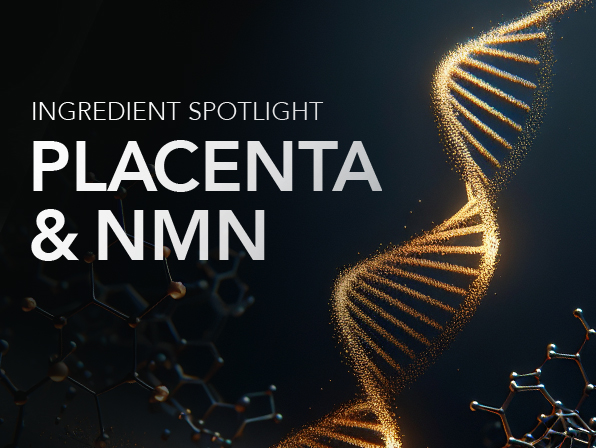Amino Acids
Type: Mineral
Amino acids are the building blocks that make up protein.
This means that protein is broken down into amino acids after consumption. These amino acids are then rearranged into various combinations to form specific body components, such as building muscles and immune cells. Altogether, there are 20 amino acids that are categorised into:
1. Essential Amino Acids
As our body cannot naturally produce them, essential amino acids must be obtained from foods. They can be found abundantly in animal proteins like meat, eggs and poultry. Plant-based sources often do not contain all essential amino acids. The only exception are soy, quinoa and buckwheat. Therefore, it is recommended for vegetarians to include a variety of plant proteins and grains in their daily diet so to ensure that their essential amino acid needs are met.
There are 3 essential amino acids, which are known as Branched Chain Amino Acids (BCAA) - leucine, isoleucine and valine. They are highly raved in the sports industry as they can be metabolised directly in the muscle, therefore reducing the amount of protein breakdown and speeding up muscle repair and recovery.
2. Non-Essential Amino Acids
They can be produced by our body. Beta-alanine falls under this category and it is another important amino acid for active individuals. When we exercise, our muscles break down glucose for energy and lactic acid is produced in the process. Due to its acidic nature (low pH), muscle endurance and performance are affected. Beta-alanine can counteract lactic acid build-up in our working muscles by forming carnosine, thus helping to reduce fatigue and soreness during and post-workout. Another amino acid would be arginine. It increases nitric oxide (a gas) in our body that widens our blood vessels. As a result, this facilitates better blood and oxygen delivery to the muscles and helps support optimal performance and recovery.
3. Conditionally Essential Amino Acids
They are typically non-essential but become essential when the body is suffering from an illness or stress, as the amount produced by our body cannot meet the increased demands. One example is glutamine, an non-essential amino acid important for proper immune function.
Stay Inspired with Health Trends

7 Secrets You Need To Stop Hiding From Your Health Advisor!

Movember Reminder – Let’s Talk Men’s Health👨🏻🦱🩺

Is Your 9-to-6 Weakening Your Bones? Here’s How To Fight Back!

Sedentary Lifestyle: The Hidden Hazard to Your Health

🏓Power Up Your Pickleball Game

Your Desk Could Be Dirtier Than A Toilet Seat 🦠

Weight Management at Work (that does not require eating salads 🥗)

The Bitter Side of Sweet: Sugar Speeds Up Ageing & Slows You Down at Work

Keep An Eye On It – Protect Your 👀 In The Digital Age

Is Your Child Driving You Crazy? Here Are 7 Supplements To Help You Stay Calm and Sane.

🌸 Happy Mother's Day

Ingredient Spotlight: Placenta and NMN

What is Revenge Sleeping Procrastination?

8 Tips For Building Mental Resilience In Your Child

7 Amazing Facts About Women

How Burned Out Are You?
